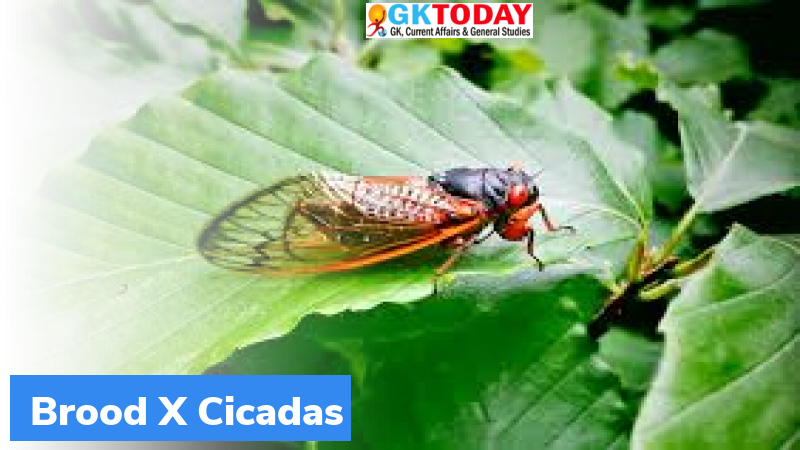Double Cicada Explosion
Americans will witness an exciting yet annoying event this year – a double cicada emergence happening after 221 years. Two cicada broods, XIII and XIX, will simultaneously explode from underground. This concurrent appearance last occurred in 1803 during the Louisiana Purchase era.
Cicada Life Cycles
Cicadas spend early life underground then emerge en masse as adults to mate. Brood XIII surfaces every 17 years while Brood XIX arises every 13 years. Each brood contains millions of buzzing insects.
Long Periods Underground
Mathematician Hannah Fry outlined the peculiarity of periodic cicadas. One type lives 13 years underground and another for 17 years before emerging to reproduce. Their coordinated lifecycles enable mass explosions.
Annoyance But Not Danger
While loud and numerous, cicadas don’t directly threaten humans. However, they damage young trees and shrubs where eggs are laid, numbering over 400 per site. One may need earplugs to handle their 100-decibel mating songs.
Emergence States
Broods XIII and XIX will jointly emerge only in Iowa and Illinois. But Brood XIII alone will arise in Oklahoma, Alabama, the Carolinas, Georgia, Missouri, Kentucky, Arkansas, Louisiana, Mississippi, Tennessee and Virginia around springtime.
Dramatic Swarming
When periodic cicadas emerge, the coordination is astounding – every 13 or 17-year-old insect across broods surfaces simultaneously. They swarm in the millions, shed exoskeletons, mate, lay eggs everywhere, and die within weeks.
Infrequent Overlap
Joint emergences of 13 and 17-year broods are rare since their lifecycles don’t overlap often. The last was in 1803, and the next will happen in 2445. So the 2023 explosion offers a unique show after 221 years.
Forewarnings to Prepare
Officials can now forecast emergences years in advance using cicada cycle tracking models and underground soil temperature sensors. This allows public advisories so utilities and agriculture stakeholders can take protective measures while interested observers plan to experience this spectacular natural phenomenon.
Scientists track emerging soil temperatures and use mathematical models to predict when various broods will arise, down to the week. The ability to pinpoint timing will improve going forward as more data accrues on the intriguing periodical cicadas.
Ongoing Cicada Research
Beyond mapping cicadas underground and forecasting emergences, experts study diverse topics like interactions between fungal pathogens and cicada populations and their complex mating behaviors involving vibrating membranes and sound production. There remain many entomological mysteries to uncover behind these cyclical insects.
Month: Current Affairs - January, 2024
Category: Science & Technology Current Affairs








